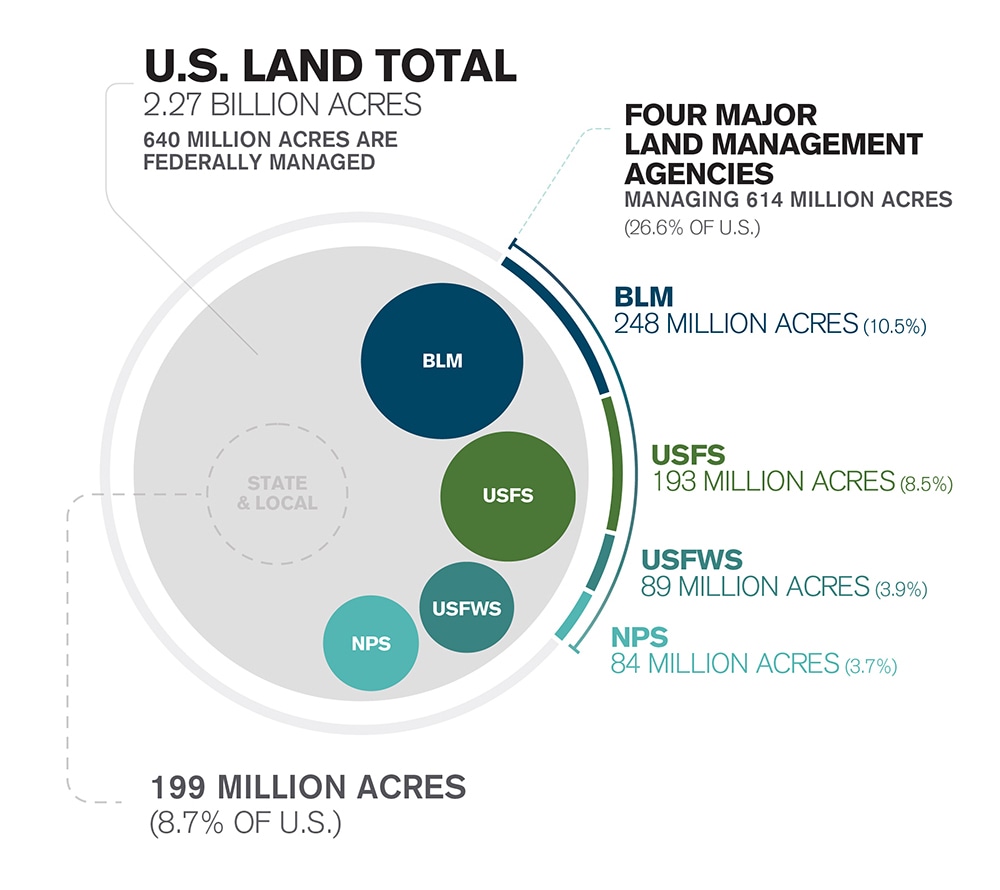


10 Podcast Review of the book Just Enough by Azby Brown
will be released to subscribers in:
soon!



 2
2






 13
13








greg mosser wrote:i dunno. in my area, most blm land is national forest. i’d much rather we keep as much of that as contiguous forest.

 4
4




 11
11




I make a Maple Syrup instructional movie! Check it out HERE
SKIP books, get 'em while they're hot!!! Skills to Inherit Property
See me in a movie building a massive wood staircase:Low Tech Lab Movie
 1
1




Douglas Alpenstock wrote:Sometimes public land is set aside for a reason. How much of that land is arable by any reasonable standard?

Douglas Alpenstock wrote:How much would be lost to the access roads that are needed?
Mike Haasl wrote:some would do dumb things with it.
Mike Haasl wrote:Most wouldn't want to travel 2000 miles to get to it
 1
1




Our inability to change everything should not stop us from changing what we can.
 6
6




The little engine that could.
NomadicRanch
Bionoculars,Cast Iron skillets,crock pots,Military gear/shovelsWoodworking tools,Rugged Cameras,rechargeable flashlights,Solar technology,tents,pack saddles,well made backpacks send to Benjamin Skiba p.o.box 1132 Teec Nos Pos Az 86514 items benefit sheepherders and surrounding community will be distributed
 2
2




Ben wrote:Some of that fed land is reservation as well.
BIA on their FAQ website wrote:"In the United States there are three types of reserved federal lands: military, public, and Indian. A federal Indian reservation is an area of land reserved for a tribe or tribes under treaty or other agreement with the United States, executive order, or federal statute or administrative action as permanent tribal homelands, and where the federal government holds title to the land in trust on behalf of the tribe.
Approximately 56.2 million acres are held in trust by the United States for various Indian tribes and individuals. There are approximately 326 Indian land areas in the U.S. administered as federal Indian reservations (i.e., reservations, pueblos, rancherias, missions, villages, communities, etc.). "
BIA on their FAQ website wrote:
Allotted lands, which are remnants of reservations broken up during the federal allotment period of the late nineteenth and early twentieth centuries. Although the practice of allotting lands had begun in the eighteenth century, it was put to greater use after the Civil War. By 1885, over 11,000 patents had been issued to individual Indians under various treaties and laws. Starting with the General Allotment Act in 1887 (also known as the Dawes Act) until the Indian Reorganization Act of 1934, allotments were conveyed to members of affected tribes and held in trust by the federal government. As allotments were taken out of trust, they became subject to state and local taxation, which resulted in thousands of acres passing out of Indian hands. Today, 10,059,290.74 million acres of individually owned lands are still held in trust for allotees and their heirs. Restricted status, also known as restricted fee, where title to the land is held by an individual Indian person or a tribe and which can only be alienated or encumbered by the owner with the approval of the Secretary of the Interior because of limitations contained in the conveyance instrument pursuant to federal law. State Indian reservations, which are lands held in trust by a state for an Indian tribe. With state trust lands title is held by the state on behalf of the tribe and the lands are not subject to state property tax. They are subject to state law, however. State trust lands stem from treaties or other agreements between a tribal group and the state government or the colonial government(s) that preceded it.
American Indian and Alaska Native tribes, businesses, and individuals may also own land as private property. In such cases, they are subject to state and local laws, regulations, codes, and taxation.
 4
4




Living a life that requires no vacation.
 2
2




 1
1




 2
2




Building regenerative Christian villages @ https://jesusvillage.org/
100+ Homesteading Software Tools @ https://homestead.tools/




T Simpson wrote:I did some calculations a while back and if you divided the total habitable land mass of the earth between the population everyone could each get ~5 acres....Dibs on any volcanos..
Leila wrote:"if the humans ignore the land, it suffers, and it's and its our job to tend and also USE the forest and what it gives.. "
 5
5




 4
4




 2
2




Ralph Sluder wrote: Sound like a nice concept but...
I live back in the woods between 2 of those red spots, not much land available keeping me isolated. When a piece of land near me (relatively near me) is sold, folks seem to cut out all the trees for those big lawns. Put up big fences to keep out all the wild animals.
Kill of all those snakes and pesky turtles that dig holes in their lawns. Spay those poisons to keep weeds ad bugs out of those pretty green lawns. They want the roads paved too. They then want more people to move to the area so they will have shopping centers and restaurants, movie theaters etc... they don't like the smells from the local farmers hogs and cattle. roosters are too noisy.... I have lived long enough to know that most people are takers... They buy organic food then dump their used engine oil around the fence. Maybe we should let this land set there unused by our industrialized society until "we the people" grow up a little.

|
Message for you sir! I think it is a tiny ad:
The new gardening playing cards kickstarter is now live!
https://www.kickstarter.com/projects/paulwheaton/garden-cards
|





